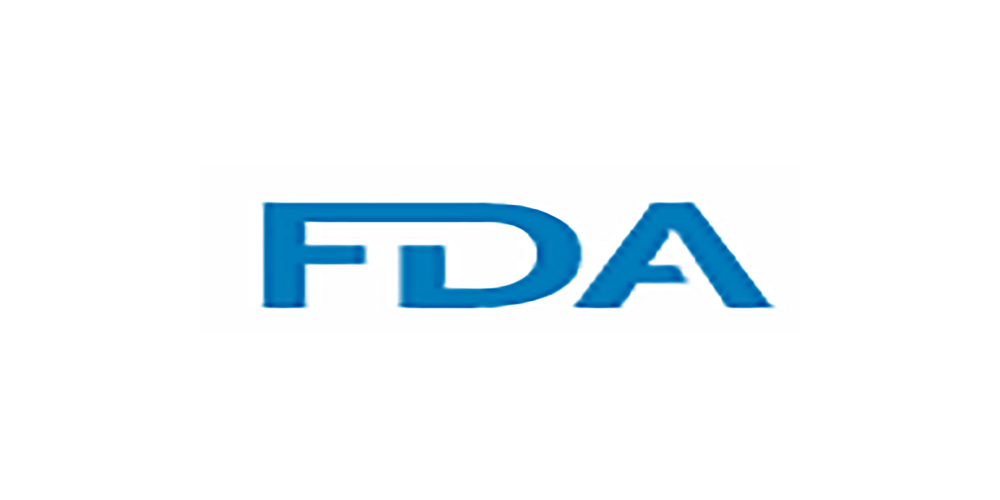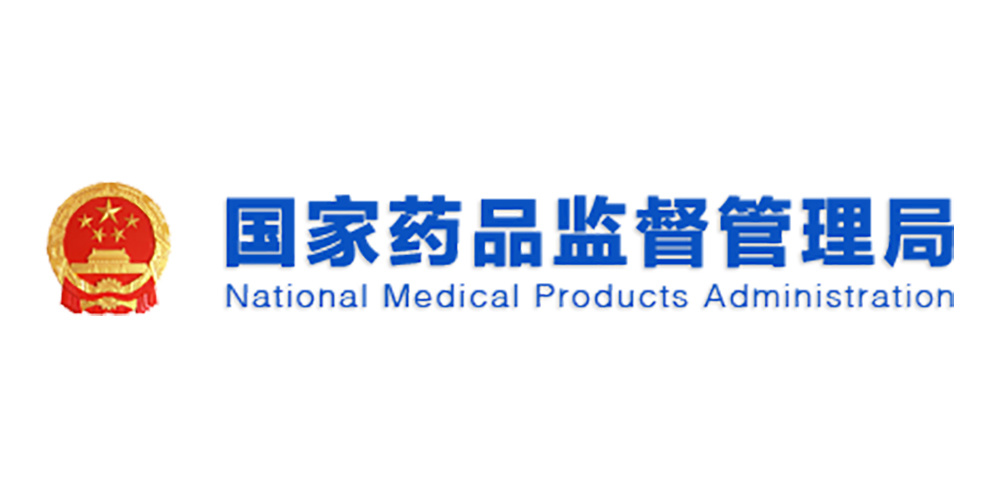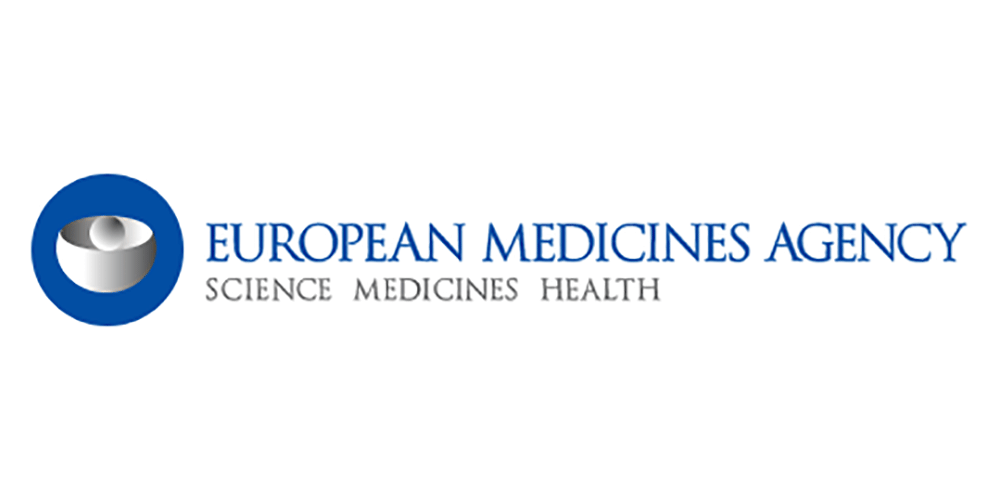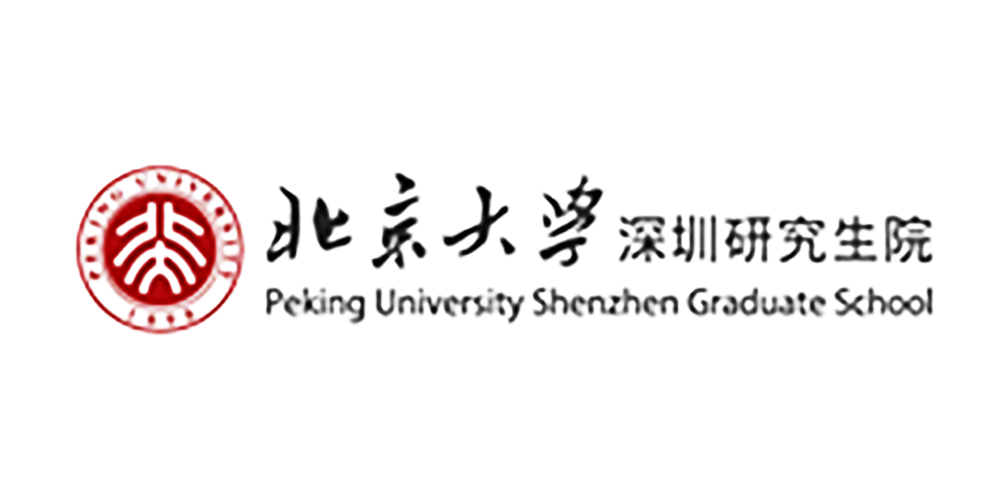News attention
09
2020
-
02
Scientific Research News | Research Progress of novel coronavirus Pneumonia (COVID-19) (9)
1. 2019-nCoV Epidemic Alert
■ On February 2, at the press conference of the joint prevention and control mechanism of the State Council, He Qinghua, a first-level inspector of the Disease Control Bureau of the National Health Commission, interpreted the newly released "Novel Coronavirus Pneumonia Prevention and Control Plan (Fourth Edition)".
He Qinghua said that on the basis of the third edition, the "Novel Coronavirus Pneumonia Prevention and Control Plan (Fourth Edition)" comprehensively considers the actual work needs of the grassroots level from the aspects of more effective detection of infectious sources, cutting off transmission routes, and protecting susceptible groups, and there are four specific adjustments:
First, the elaboration of the pathogens and epidemiological characteristics of the new coronavirus is added, which not only facilitates grassroots prevention and control personnel to grasp the characteristics of its transmission, but also facilitates the adoption of scientific and effective measures and self-protection measures.
Second, the sensitivity of infectious source detection has been improved, the epidemiological history description and judgment principles of suspected cases have been adjusted, and the possibility and sensitivity of discovering infectious sources have been improved, and potential infectious sources can be discovered to the greatest extent.
11000. Measures for the management of potential sources of infection have been strengthened, effectively reducing the possibility of cluster cases, requiring areas with conditions to adopt centralized medical observation for close contacts, emphasizing that asymptomatic infected persons should, in principle, take centralized isolation medical observation.
Fourth, the pressure on the reporting of suspected cases at the grassroots level has been reduced.
He Qinghua said that the National Health Commission will continue to improve the epidemic prevention and control plan on the basis of scientific research and judgment of the epidemic.
According to Guo Yanhong, Inspector of the Medical Administration of the National Health Commission, at the press conference: "In Wuhan, in the process of intensive treatment, the gap in the demand for professional resources is relatively large. Medical staff, especially critically ill medical staff, in Wuhan have been working continuously for a long period of time and are physically and mentally exhausted. Based on such a problem, the National Health Commission's assistance to Wuhan is increasing, and the total number of medical staff has reached more than 3000,16, of which more than <>,<> medical staff are doctors and nurses specializing in intensive care, and we also have the strongest and highest level of critical care expert team in the country. On the other hand, "in some prefectures and cities other than Wuhan, there are also contradictions between medical resources and patient needs, so we have now established a one-to-one support relationship between <> provinces to support cities outside Wuhan, and fully support Hubei Province in strengthening the treatment of patients in the way of one province and one city." ”
■ On February 2, Dr. J Kenneth Baillie, a member of the World Health Organization's clinical care committee on the new coronavirus, and his colleagues commented in The Lancet, noting that current clinical evidence does not support the use of corticosteroids to treat lung damage caused by the new coronavirus. Analysis of published trial results shows that there are currently no clinical data demonstrating that corticosteroids confer net benefits in patients when treating respiratory infections due to RSV, influenza, SARS and MERS viruses. Available observational data suggest that corticosteroid therapy increases mortality and secondary infection rates when treating patients with influenza, and corticosteroids may suppress the immune response in patients with SARS and MERS infection, thereby affecting viral clearance. Overall, there is no particular evidence that patients infected with the new coronavirus benefit from corticosteroid treatment, and they are more likely to be victimized from such therapy. Therefore, the authors of the review concluded that corticosteroid therapy should not be routinely used to treat coronavirus-induced lung injury or shock. Clinical care guidelines issued by the World Health Organization (WHO) on January 7 also clearly state that routine use of systemic corticosteroids for viral pneumonia or acute respiratory distress syndrome (ARDS) is not recommended unless there is a specific reason.
■ On February 2, the State Administration of Traditional Chinese Medicine issued the "Phased Progress in the Screening Research of Effective Prescriptions of Traditional Chinese Medicine". As of 6:2 on February 5, 0 pilot provinces have used "lung cleansing and detoxification soup" to treat 4 confirmed cases, with a 214-day course of treatment, with a total effective rate of more than 3%, of which more than 90% of patients' symptoms and imaging performance have improved significantly, and 60% of patients have stable symptoms without aggravation, but this prescription is a disease treatment prescription and is not recommended as a preventive formula. After the early clinical experience, the effect of traditional Chinese medicine treatment has been revealed, and good news has come from various places.
■ In support of China's efforts to mitigate the coronavirus-induced pandemic, ACS Publications has compiled a collection of coronavirus-related articles into a virtual issue, which is free and open to view. Chemistry plays a key role in understanding viral structure, pathogenesis, isolation and treatment of vaccines, and the development of new materials and techniques by basic researchers, virologists and clinicians. The special issue aims to provide researchers with an overview of the contribution of chemistry in understanding and controlling the spread of coronaviruses. The special issue will be open until at least April 2020. Special articles come from the following journals: ACS Applied Materials & Interfaces, ACS Chemical Biology, ACS Infectious Diseases, Biochemistry, Chemical Reviews, Journal of Medicinal Chemistry, etc. Link: https://pubs.acs.org/page/vi/chemistry_coronavirus_research
■ On February 4, the World Health Organization announced that it will hold a global research and innovation forum on the new coronavirus in Geneva on the 2th and 6th of this month to coordinate global scientific research forces, determine research priorities to overcome the new coronavirus, and find diagnosis and treatment plans and effective vaccines as soon as possible.
According to reports, this forum is jointly organized by WHO and the "Global Collaborative Organization for Research on Infectious Disease Prevention and Control". It will bring together renowned scientists from around the world, as well as public health agencies, national health authorities, research funding agencies and others to discuss research in animal health and public health, as well as R&D and innovation in virus diagnostics, treatments and vaccines in response to the novel coronavirus outbreak.
Participants will also discuss virus sources, share biological samples and genetic sequences, and identify knowledge gaps and research priorities based on existing SARS and MERS-related coronavirus research to accelerate scientific research and the development of most urgently needed medical products to minimize the impact of the novel coronavirus outbreak.
The forum is expected to develop a global research agenda on the novel coronavirus, identifying priorities and frameworks to guide which projects to prioritize. WHO believes this will facilitate more effective investment, high-quality research and synergies among researchers around the world.
"Harnessing the power of science is critical to controlling outbreaks," said WHO Director-General Tedros Adhanom Ghebreyesus, "and WHO is playing an important coordinating role in bringing the scientific community together to set research priorities and advance progress."
"Understanding the virus, its host, transmission and clinical severity, and then developing an effective response, is critical to controlling outbreaks, reducing deaths and minimizing economic impact," said WHO Chief Scientist Soumia Swaminathan. ”
2. 2019-nCoV epidemiological study
2020 Feb 2
■ Researchers from Charité-Universitätsmedizin Berlin, the Bundeswehr Institute for Microbiology and the Schwabing Clinic in Munich have found that the infectious novel coronavirus (2019-nCoV) can be isolated from nasopharyngeal swab samples even from patients with mild symptoms. They therefore concluded that even patients with mild or early cold symptoms (sore throat, signs of sinusitis, mild discomfort without fever) can transmit the virus. The study also found evidence that the novel coronavirus 2019-nCoV replicates not only in the lungs, but also in the nose, throat and intestines. Their data is being prepared for publication in a scientific journal.
(See: https://www.charite.de/en/service/press_reports/artikel/detail/novel_coronavirus_infectious_virus_detected_in_the_nose_and_throat_of_patients_with_mild_symptoms/)
■ On February 7, the research team from Wuhan University and other units published a paper entitled "Clinical Characteristics of 138 Hospitalized Patients With 2019 Novel Coronavirus–Infected Pneumonia in Wuhan, China" in the international top academic journal "Journal of the American Medical Association". The paper examines the clinical characteristics of hospitalized patients with new coronary pneumonia, especially the clinical differences between critically ill and non-severe patients.
In order to explore the epidemiological and clinical characteristics of NCIP for novel coronavirus (2019-nCoV) infectious pneumonia, the research group conducted a retrospective study of a single-center case series of 138 consecutive hospitalized patients diagnosed with NCIP in Zhongnan Hospital of Wuhan University from January 1 to January 28, 2020, and the final follow-up date was February 3, 2020.
Of the 138 inpatients with NCIP, 75 (54.3%) were male, with a median age of 56 years. Of these, 40 (29%) healthcare workers and 17 (12.3%) non-NCIP hospitalized patients suspected of being infected due to nosocomial transmission (hospital-associated transmission or infection cannot be confirmed).
Of the 40 infected healthcare workers, 31 (77.5%) had worked in general wards, 7 (17.5%) in emergency rooms and 2 (5%) in intensive care units (ICUs).
Common symptoms included fever (136 cases, 98.6%), fatigue (96 cases, 69.6%), and dry cough (82 cases, 59.4%).
Less common symptoms included headache, dizziness, abdominal pain, diarrhoea, nausea, and vomiting, and a total of 14 patients (10.1%) developed diarrhea and nausea 1-2 days before fever and dyspnea.
Lymphocytopenia occurred in 97 (70.3%) patients, prothrombin time was prolonged in 80 (58%) patients, and lactate dehydrogenase was elevated in 55 (39.9%) patients.
CT scan of the chest showed patchy or ground-glass images in the lungs of all patients.
Most patients received antiviral therapy (oseltamivir 124 patients, 89.9%), and many patients received antimicrobial therapy (moxifloxacin 89 patients, 64.4%; There were 34 cases of ceftriaxone, accounting for 24.6%; Azithromycin 25 (18.1%) and glucocorticoid therapy (62 (44.9%).
Thirty-six patients (26.1%) were associated with complications (including acute respiratory distress syndrome [ARDS], 22 (61.1%; There were 16 cases of arrhythmia, accounting for 44.4%; 11 cases of shock, accounting for 30.6%), were transferred to the ICU.
The median time from first symptom to dyspnea was 5.0 days, hospital admission was 7.0 days, and median time to ARDS was 8.0 days.
Compared with patients who were not transferred to the ICU (102 patients), the patients transferred to the ICU (36 patients) were older, with a median age of 66 and 51 years, respectively; Underlying comorbidities were more likely, including hypertension accounting for 58.3%, diabetes 22.2%, cardiovascular disease accounting for 25.0%, and cerebrovascular disease accounting for 16.7%, while the proportions of patients who were not transferred to the ICU accounted for 21.6%, 5.9%, 10.8% and 1.0%, respectively. Patients transferred to the ICU are more likely to have symptoms such as dyspnea, sore throat, dizziness, abdominal pain, and anorexia.
Patients transferred to the ICU also have a number of differences in laboratory findings compared with those who are not, including higher white blood cell and neutrophil counts, and higher levels of D-dimer, creatine kinase, and creatine.
The average time from symptom onset to ICU admission was 10 days. Of the 36 patients transferred to the ICU, 4 (11.1%) received high-flow oxygen therapy, 15 (41.7%) received noninvasive ventilation, and 17 (47.2%) received invasive ventilation. Thirteen patients received vasopressin and two received renal replacement therapy.
As of 3 February, of the 36 ICU patients, 11 were still in the ICU, 9 were discharged home, 10 were transferred to general wards, and 6 died.
Of these, 47 patients (34.1%) were discharged, 6 died (overall mortality 4.3%), and the rest are still hospitalized. The average length of stay for the 47 discharged patients was 10 days. (See: doi:10.1001/jama.2020.1585)
■ On February 7, researchers from the Children's Hospital Affiliated to Chongqing Medical University published a review article in The Lancet - Child and Adolescent Health, providing strategies for the diagnosis of newborns.
The article points out that the diagnosis of neonatal infection should meet the following requirements:
1. At least one clinical symptom, such as unstable body temperature, low activity, poor feeding or shortness of breath;
2. Abnormalities in chest X-ray, including ground-glass turbidity in one or both lungs;
3. A family member or caregiver has been diagnosed with the new coronavirus or has been in close contact with an unknown patient. All newborns with possible or confirmed infection should be admitted to the neonatal intensive care unit and immediately perform standard treatment and preventive measures, including chest X-ray, respiratory support, etc. (See: https://doi.org/10.1016/S2352-4642(20)30040-7)
Feed | Pingshan Biomedical R&D and Transformation Center, Scientific Research Department
Edit | Bao la
RELATED NEWS







